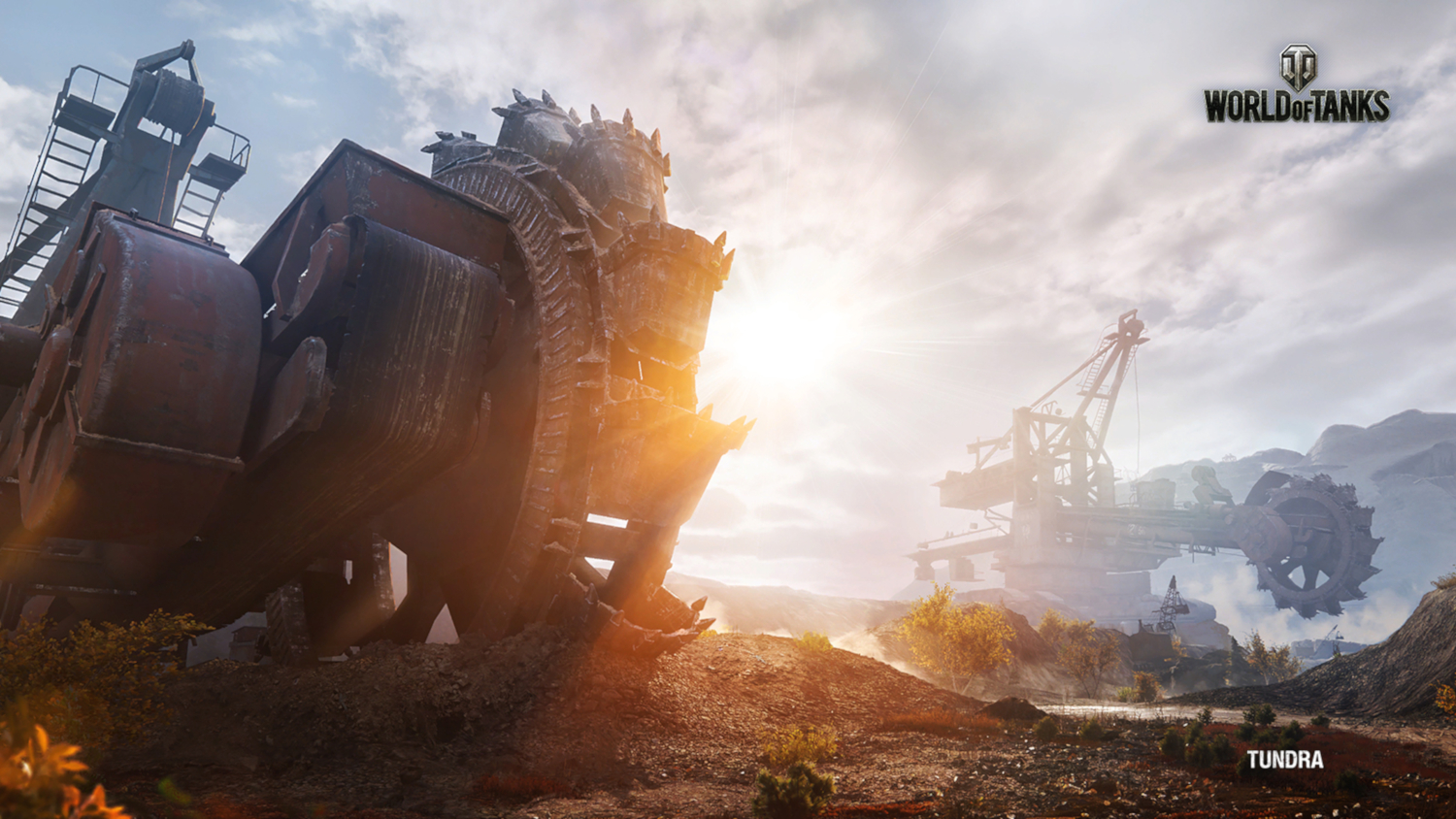World of Tanks Adopts Ray Tracing via Intel oneAPI
The ray tracing hype train is now boarding. Wargaming announced on Sunday that it's adding ray tracing support to World of Tanks, a popular free-to-play game in which players do battle in the titular war machines, by using the Intel oneAPI Rendering Toolkit.
Wargaming said that World of Tanks' ray tracing support would arrive in a coming update to its Core graphics engine. Those updates will offer support for concurrent rendering as well as ray tracing. The latter will require a graphics card that supports DirectX 11 or DirectX 12 and can be disabled from the game's settings menu. Here's how the company described the way ray tracing support will change its graphics:
"With the introduction of our Ray Tracing (RT) technology—developed at Wargaming with close collaboration with Intel—we can recreate the 'main actors' of our game in higher quality; their smallest details will give super-realistic shadows when the sun hits them. Ray Tracing further immerses you in an atmosphere of furious tank combat and provides an even more enjoyable gameplay experience."
But there are some major limitations to ray tracing in World of Tanks. Wargaming said the rendering technique would only be used "for intact vehicles that are in direct sunlight." Given the game's focus on letting people shoot each other's tanks, we doubt many players will be able to enjoy ray tracing for long unless they specifically hunt down intact tanks just to marvel at the lighting used while rendering them.
We described oneAPI in December 2018 as Intel's attempt to make it easier for developers to switch between its compute platforms. That list includes CPUs, GPUs, FPGAs and AI accelerators. The company said on its website that the oneAPI Rendering Toolkit is meant to be used to "develop high-performance, high-fidelity, extensible, and cost-effective visualization applications through rendering libraries."
The introduction of ray tracing support to World of Tanks might seem inconsequential, especially since it's so limited, but it shows that developers have taken an interest in the oneAPI Rendering Toolkit. That should be good news for everyone because oneAPI isn't limited to one platform like Nvidia's real-time ray tracing support is. Now at least game devs can choose which ray tracing hype train to board.
Get Tom's Hardware's best news and in-depth reviews, straight to your inbox.

Nathaniel Mott is a freelance news and features writer for Tom's Hardware US, covering breaking news, security, and the silliest aspects of the tech industry.
-
Kiril1512 Untill now they didn't improve the graphics and sound quality because they affirmed that more than 50% of their players play in a very poor machines and even 5% of them still played on single core cpu (don't know how this is true) and now they will introduce RT to the game :LOL: Still this will be nice, it's one of my favorite games.Reply -
bit_user ReplyThat should be good news for everyone because oneAPI isn't limited to one platform like Nvidia's real-time ray tracing support is.
Wut? Of course it is! Do you think it's going to work on AMD or Nvidia's GPUs?
The only way that oneAPI is more flexible is that you could conceivably use it on a large, multi-core CPU. However, that's only in theory. It still might not be practical to use all features that way, or if it will support AMD CPUs. -
bit_user From the blog about Concurrent Rendering:Reply
we needed to “teach” the engine to perform calculations not in turn, but simultaneously on all available cores.
Sounds like they just rewrote the rendering engine using TBB (Thread Building Blocks).
Concurrent rendering will also be appreciated by those who play World of Tanks on a laptop. Typically, laptops are equipped with multi-core processors with low frequency and turbo-boost technology support. It increases the voltage on one core, temporarily raises its frequency and thereby increases its performance. A uniform load of all the cores will also help reduce the power consumption of the laptop therefore increasing the playing time when running off the battery.
This is highly dependent on whether the multi-core scenario is still CPU-bound. If they can load 4 cores each 40% @ lower clocks vs. one core @ 100%, then maybe you get lower overall power consumption. Maybe. But, the difference could be eaten up if it means the game can just drive your GPU harder. -
bit_user Reply
This is not necessarily a contradiction, but their concurrent rendering blog states:Kiril1512 said:they affirmed that more than 50% of their players play in a very poor machines
Currently, 60% of our player base have PCs with quad-core processors.
Of course, they could be quad-core Core 2, Phenom, or Silvermont processors, all of which I'd agree are "very poor". However, improving their threading should still be a win, even on lesser quad-core CPUs. Perhaps especially on lesser CPUs.
